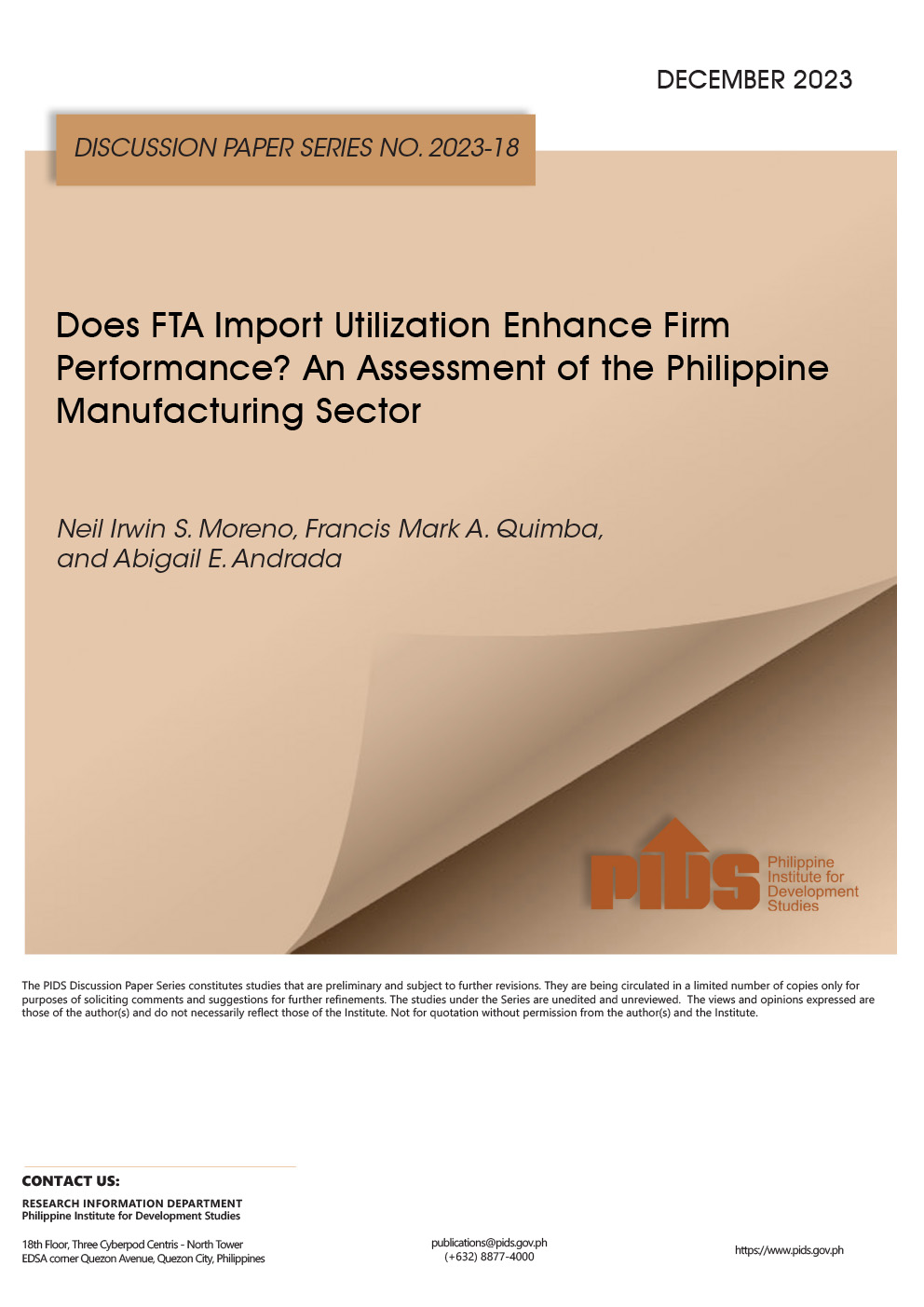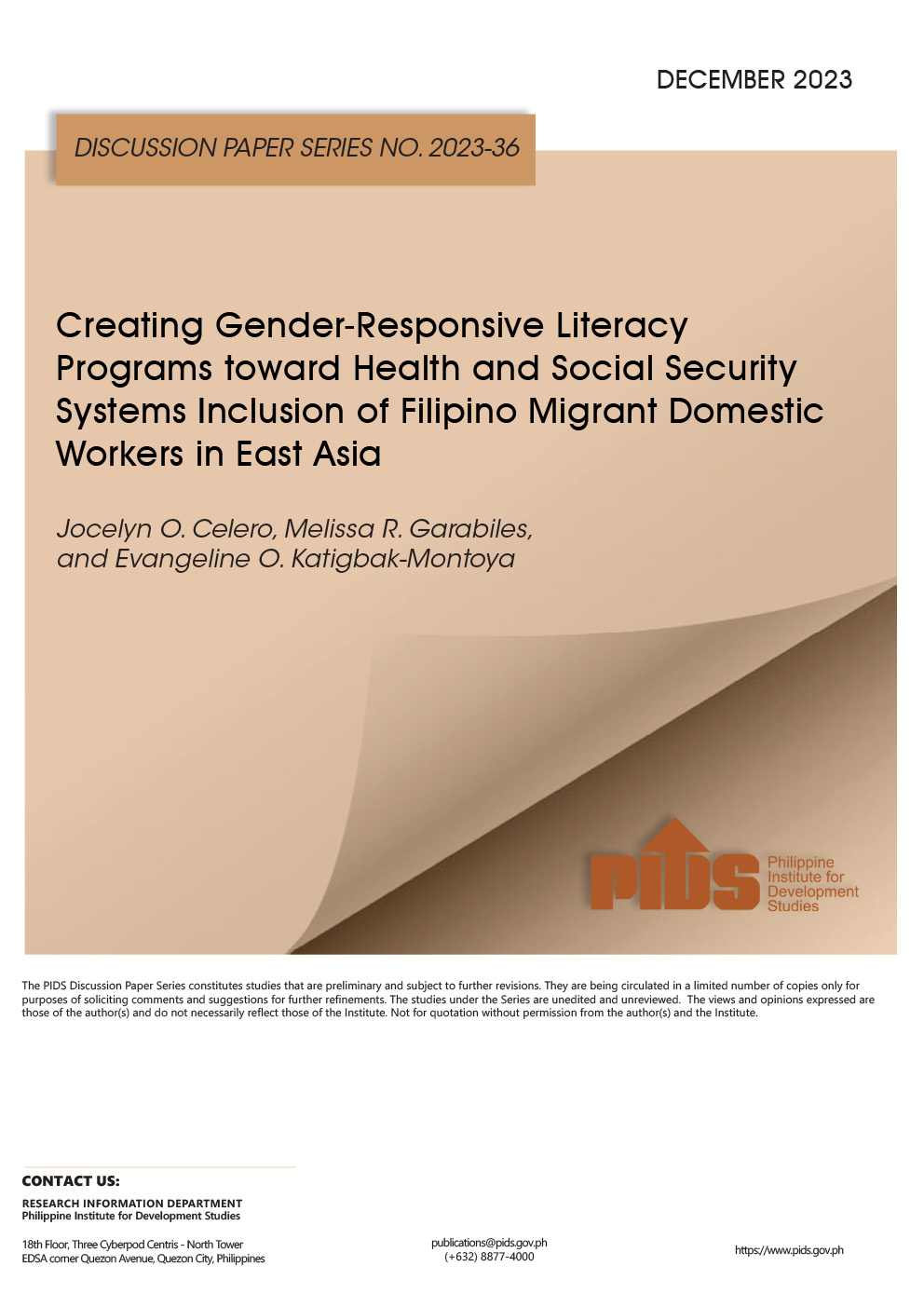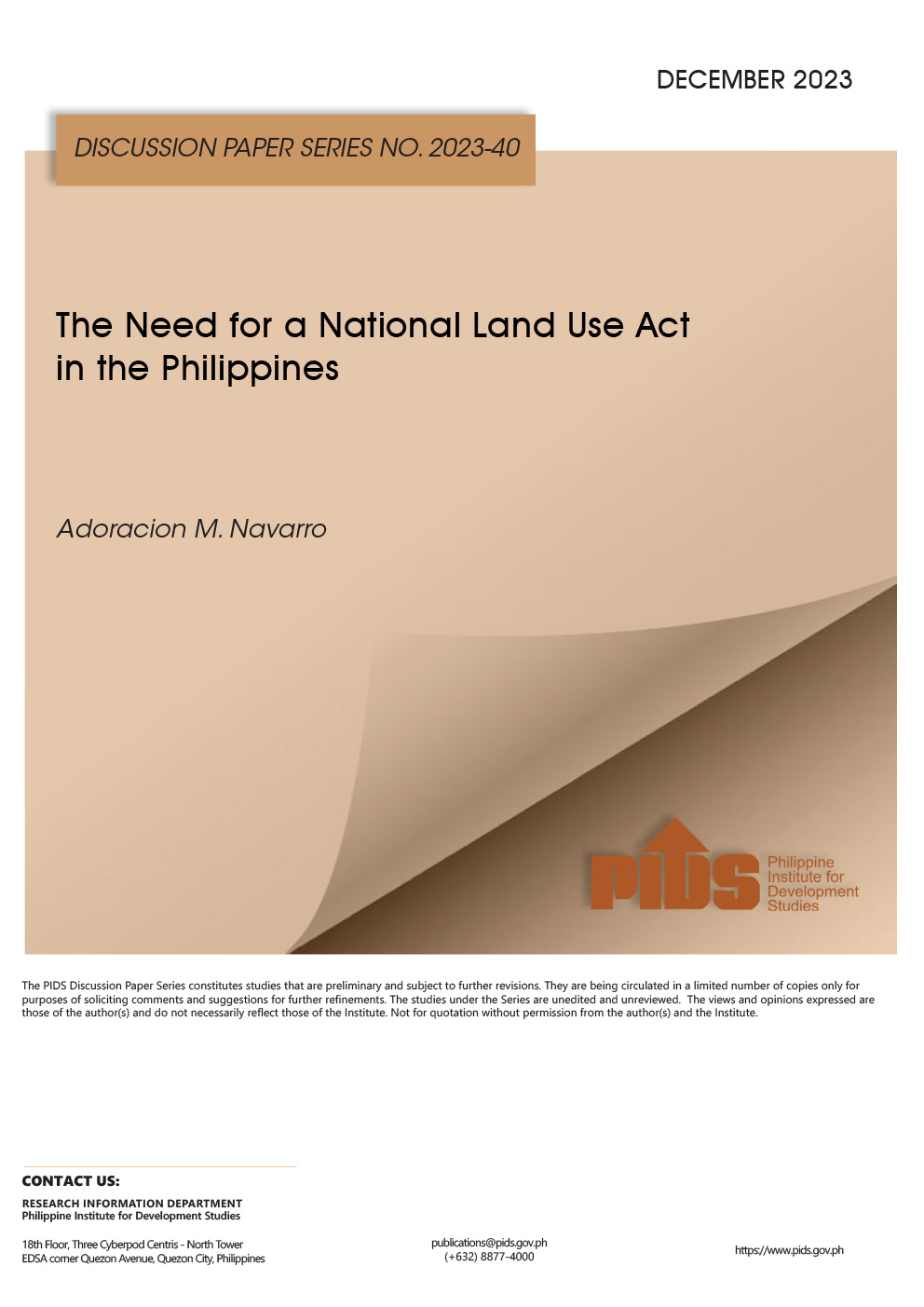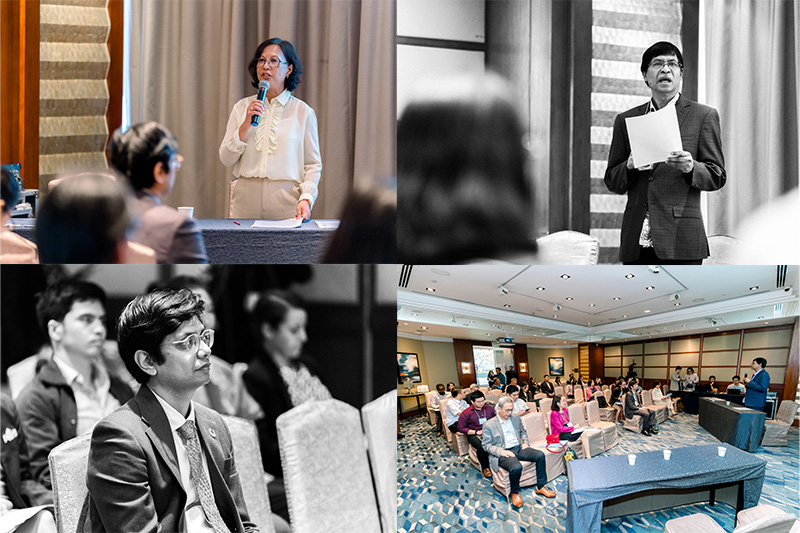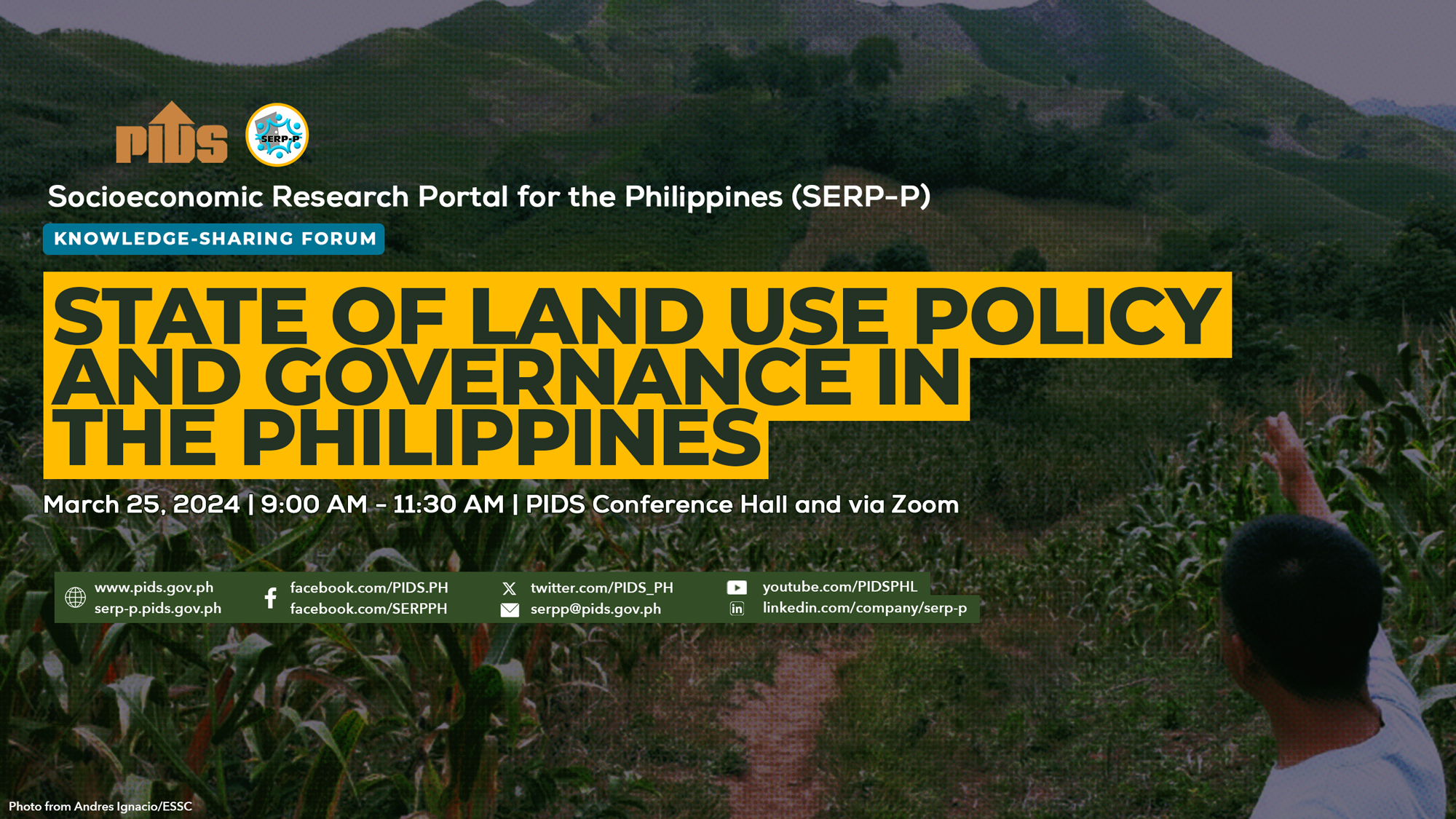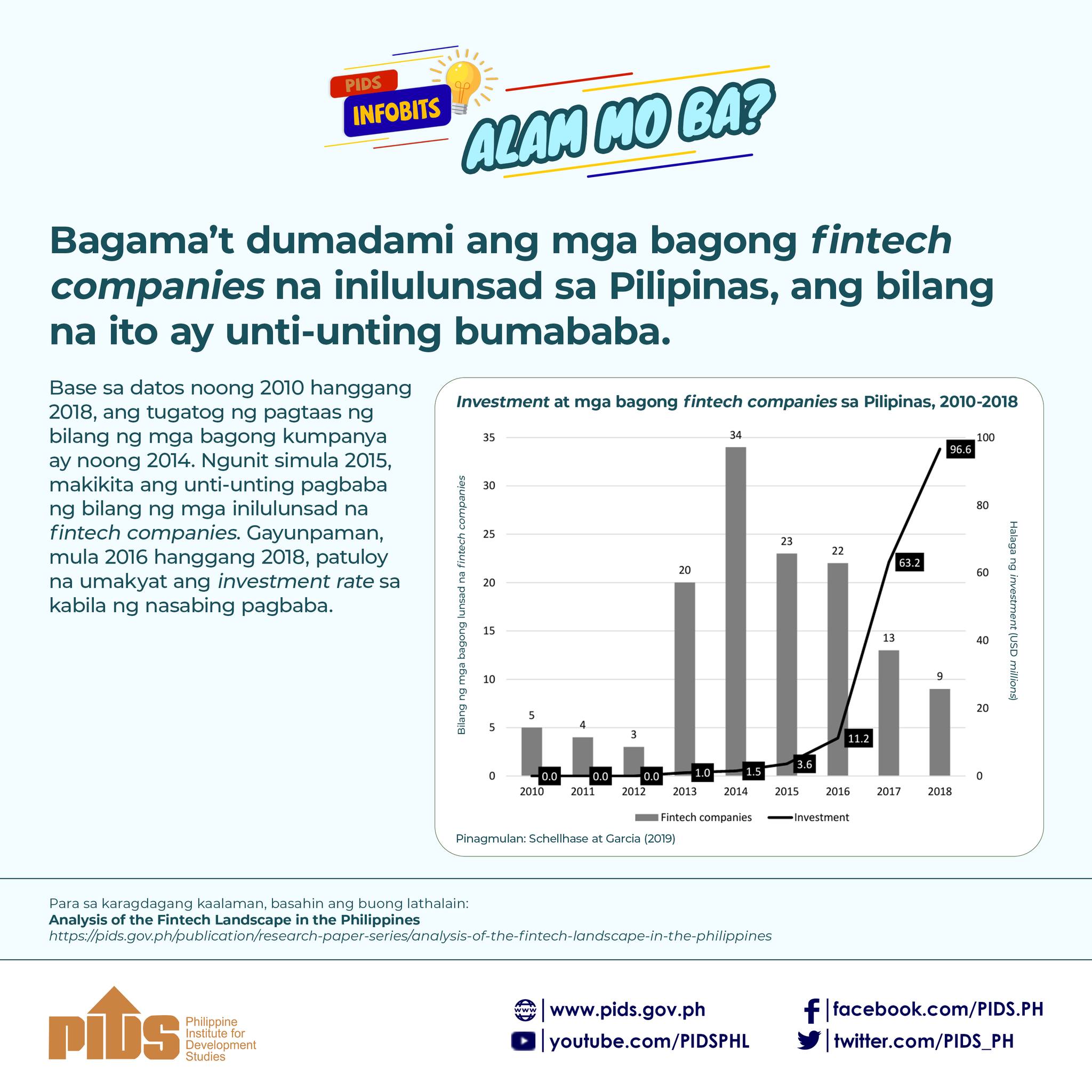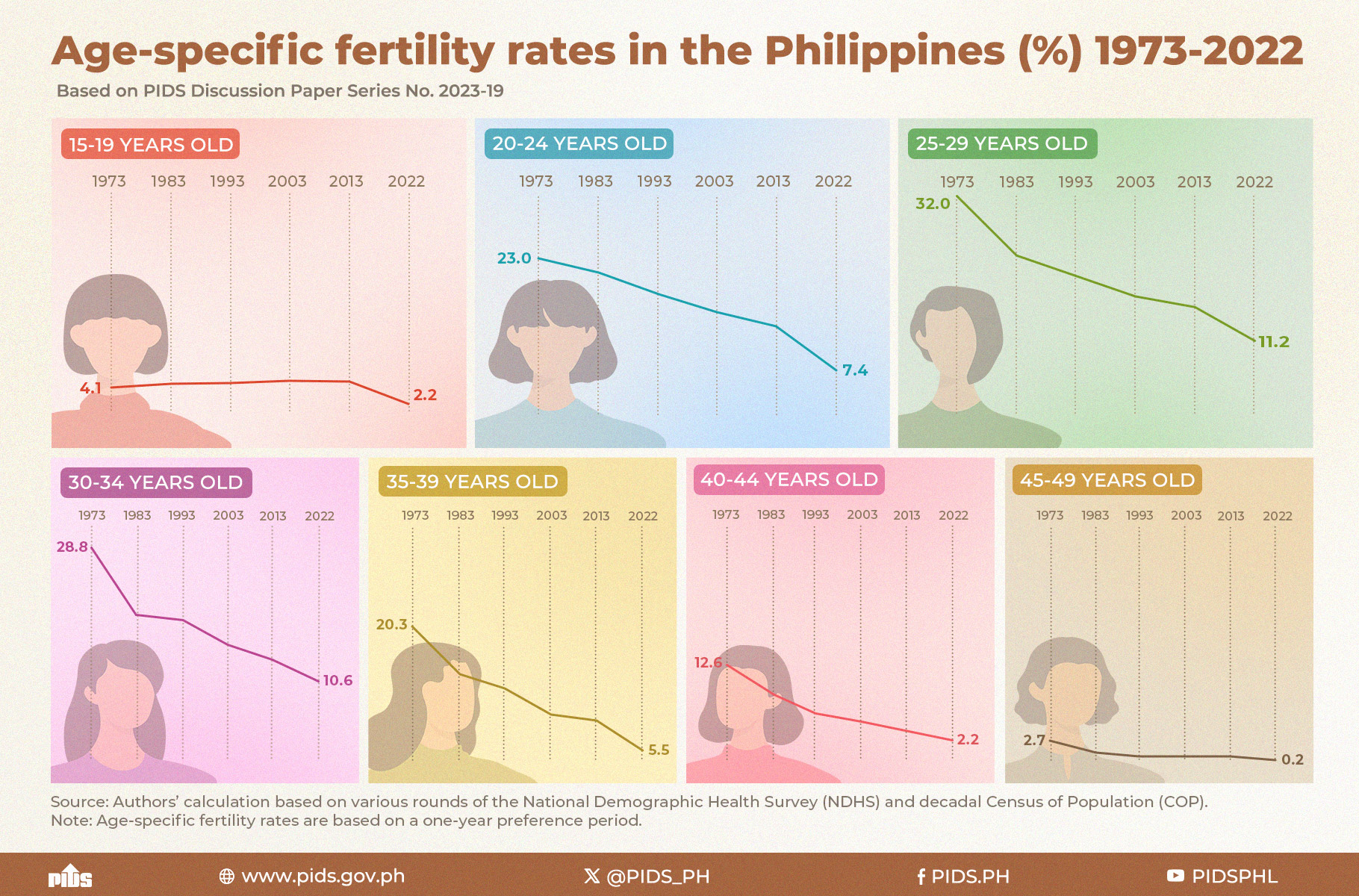MANILA’S utilization rate of its free trade agreement (FTA) with Tokyo remains “alarmingly low” at only 16.6 percent, according to state think tank Philippine Institute for Development Studies (PIDS).
In a study titled FTA Utilization of Philippine Imports, PIDS Senior Research Fellow Francis Mark A. Quimba, Supervising Research Specialist Maureen Ane D. Rosellon, and Research Specialist Sylwyn C. Calizo Jr. said it was essential to maximize the said trade agreement as it will “pave the way for negotiations of subsequent trade agreements.”
Enforced in December 2008, the Philippines-Japan Economic Partnership Agreement (Pjepa) is the country’s first bilateral trade agreement. It is currently undergoing review after about a decade of implementation.
“While the results of the FTA utilization rate under Afta [Asean Free Trade Area] is promising, utilization rate of Pjepa is alarmingly low at 16.6 percent,” the study stated. “Government should ensure that importers have all the available information related to importation under Pjepa and all the other FTAs.”
The study noted that FTAs “provide a means to reduce barriers in the cross-border flow of goods, services, as well as capital.” These trade agreements also indicate the “continuing interest of economies to establish formal partnerships.”
In the Philippines, these are considered a testing ground “through which liberalization can be gradually undertaken,” with vulnerable sectors given the opportunity to mitigate its adverse impacts.
Currently, the country has nine FTAs, both bilaterally and as a member of the Association of Southeast Asian Nations (Asean).
However, the results showed that the Afta and the Asean-Australia-New Zealand FTA (AANZFTA) tend to have higher utilization rates for some of the Philippines’s import partners.
The Afta was signed in January 1992 and became effective in January 1993 while the AANZFTA was signed in February 2009 and became effective in January 2010.
The Philippine importers’ utilization rate for the Afta was at 92.2 percent by when trading with Brunei Darussalam, followed by its utilization rate with Indonesia at 79.3 percent and at Lao PDR at 74.9 percent.
For the AANZFTA, the utilization rate was high at 81.4 percent when trading with New Zealand; and 54.1 percent when trading with Australia.
“It is important the Philippines use these two agreements as a benchmark for further trade agreement negotiation. If possible, it may be wise to compare Pjepa with these two agreements to identify strategies to improve the utilization of Pjepa by addressing the limitations of the agreement itself,” the authors said.
Citing various studies, the authors said the low FTA utilization rate may be attributed to factors such as “lack of information or knowledge about FTAs, procedural delays, administrative and compliance costs, and availability of other incentives schemes.”
To address this, the study called on the government to “ensure that importers have all the available information related to importation under Pjepa and all the other FTAs,” especially the micro, small, and medium-sized importers and those in rural areas.
The authors noted that this might be a challenge for the government due to limited resources; thus, it should “partner with business groups and organize information sessions and workshops to specifically increase the capacity of importers to utilize FTAs.”
They also recommended revisiting FTA agreements to “pursue further tariff reduction in goods that still have room for tariff reduction.”
Moreover, the study found that the Asean FTA and Asean-Australia-New Zealand FTA have higher utilization rates for some of the country’s import partners. The authors said it would be wise to compare them with PJEPA to identify strategies that can improve the latter’s utilization.
The study also cited a need for continuous monitoring of these trade agreements’ utilization. However, with data only available for three years, the authors said government agencies should continuously work with the Philippine Statistics Authority and the Tariff Commission to process the importation data vis-à-vis tariff data.
“This indicator should be closely monitored as it is the first indicator measuring the benefit from FTAs,” they said.
In a study titled FTA Utilization of Philippine Imports, PIDS Senior Research Fellow Francis Mark A. Quimba, Supervising Research Specialist Maureen Ane D. Rosellon, and Research Specialist Sylwyn C. Calizo Jr. said it was essential to maximize the said trade agreement as it will “pave the way for negotiations of subsequent trade agreements.”
Enforced in December 2008, the Philippines-Japan Economic Partnership Agreement (Pjepa) is the country’s first bilateral trade agreement. It is currently undergoing review after about a decade of implementation.
“While the results of the FTA utilization rate under Afta [Asean Free Trade Area] is promising, utilization rate of Pjepa is alarmingly low at 16.6 percent,” the study stated. “Government should ensure that importers have all the available information related to importation under Pjepa and all the other FTAs.”
The study noted that FTAs “provide a means to reduce barriers in the cross-border flow of goods, services, as well as capital.” These trade agreements also indicate the “continuing interest of economies to establish formal partnerships.”
In the Philippines, these are considered a testing ground “through which liberalization can be gradually undertaken,” with vulnerable sectors given the opportunity to mitigate its adverse impacts.
Currently, the country has nine FTAs, both bilaterally and as a member of the Association of Southeast Asian Nations (Asean).
However, the results showed that the Afta and the Asean-Australia-New Zealand FTA (AANZFTA) tend to have higher utilization rates for some of the Philippines’s import partners.
The Afta was signed in January 1992 and became effective in January 1993 while the AANZFTA was signed in February 2009 and became effective in January 2010.
The Philippine importers’ utilization rate for the Afta was at 92.2 percent by when trading with Brunei Darussalam, followed by its utilization rate with Indonesia at 79.3 percent and at Lao PDR at 74.9 percent.
For the AANZFTA, the utilization rate was high at 81.4 percent when trading with New Zealand; and 54.1 percent when trading with Australia.
“It is important the Philippines use these two agreements as a benchmark for further trade agreement negotiation. If possible, it may be wise to compare Pjepa with these two agreements to identify strategies to improve the utilization of Pjepa by addressing the limitations of the agreement itself,” the authors said.
Citing various studies, the authors said the low FTA utilization rate may be attributed to factors such as “lack of information or knowledge about FTAs, procedural delays, administrative and compliance costs, and availability of other incentives schemes.”
To address this, the study called on the government to “ensure that importers have all the available information related to importation under Pjepa and all the other FTAs,” especially the micro, small, and medium-sized importers and those in rural areas.
The authors noted that this might be a challenge for the government due to limited resources; thus, it should “partner with business groups and organize information sessions and workshops to specifically increase the capacity of importers to utilize FTAs.”
They also recommended revisiting FTA agreements to “pursue further tariff reduction in goods that still have room for tariff reduction.”
Moreover, the study found that the Asean FTA and Asean-Australia-New Zealand FTA have higher utilization rates for some of the country’s import partners. The authors said it would be wise to compare them with PJEPA to identify strategies that can improve the latter’s utilization.
The study also cited a need for continuous monitoring of these trade agreements’ utilization. However, with data only available for three years, the authors said government agencies should continuously work with the Philippine Statistics Authority and the Tariff Commission to process the importation data vis-à-vis tariff data.
“This indicator should be closely monitored as it is the first indicator measuring the benefit from FTAs,” they said.

